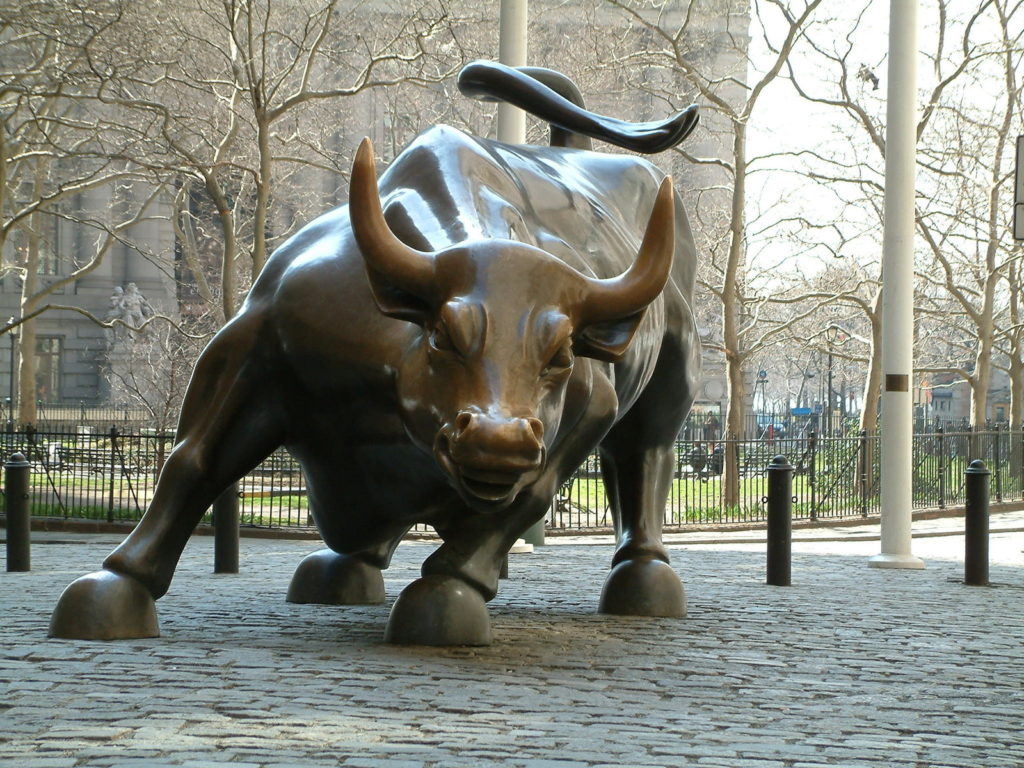How the stock market can be expensive and cheap at the same time
17th July, 2020The Nasdaq, one of the main stock exchanges in the U.S., has rebounded by over 50 per cent since March and is now at an all-time high.

It is comprised mainly of technology and internet companies which have benefited from the switch to working from home during the COVID-19 pandemic. While the Nasdaq is performing well, most other stock markets remain lower than the beginning of the year.
The TSX is down by 8.8 per cent, the DOW is down 10 per cent, while England and Hong Kong stock indexes are off by 19 per cent and nine per cent respectively. Joining the Nasdaq on the positive side is the CSI 300 — this stock index replicates the performance of the top 300 stocks traded on the Shanghai and the Shenzhen stock exchanges. Surprisingly, these Chinese stocks have increased by 16 per cent on average since the beginning of 2020.
In the U.S. alone, there is an estimated $5 trillion in cash sitting on the sidelines waiting to be deployed, but investors are justifiably hesitant to spend during the current economic environment. They are afraid that the recent bounce in stocks won’t last and are wondering “are stocks are expensive or cheap right now?”
To answer this question, many analysts turn to Shiller PE which analyzes the price-to-earnings ratio of all companies that comprise a stock market index. The higher the Shiller PE, the more overvalued a stock market index appears to be. Currently the Shiller PE ratio of the S&P 500 is high — in fact, only during the tech bubble in 2000 has the Shiller PE been higher than it is today. This suggests that the North American markets are overvalued and that returns over the next 20 years will be underwhelming.
Another way to assess a stock market’s valuation is by analyzing the bond yield versus the stock market’s earning yield ratio. Currently bond yields are at historic lows which makes the stock market’s earning yield look attractive. Based on this formula, in contrast to the Shiller PE, stock prices appear cheaper today than they were a decade ago.
Therefore, using both approaches, investors can view today’s stock markets as both expensive AND cheap.
The stock market is currently disconnected, while many tech companies are up substantially year to date (Apple — 30 per cent, Microsoft — 35 per cent, Amazon — 66 per cent, Netflix — 55 per cent), other segments, such as restaurants, travel and hospitality, are down significantly.
We are also seeing the list of high-profile bankruptcies grow — just this week Brooks Brothers and DavidsTea were unfortunately added to the list. It’s a stock picker’s market, but investors need to be prepared for surprises.
An error that many people make is assuming that the economy and the stock market are one in the same, but they are not. We are in a recession and the economy is going to struggle for at least the remainder of 2020, but that doesn’t mean the stock market won’t do well.
There are some tailwinds, the biggest being the trillions of dollars being printed by the global central banks — much of which is or will be finding its way into the stock markets. Also, due to historically low interest rates, the aforementioned $5 trillion sitting in cash is earning basically nothing. It won’t stay there very long, as we are already seeing signs that some of that cash is being deployed into the stock markets or buying hard assets such as gold.
2020 has been nothing but surprises. I was surprised by the speed of the market drop and again by its quick recovery. I’m bullish on certain companies and sectors, but bearish on others. I also hedge my positions just in case I’m wrong. Being wrong is OK, but staying wrong is not.
This is a very difficult investment environment to navigate, so I suggest you discuss with your advisor whether your portfolio is designed to limit losses and also take advantage of mispriced opportunities. It’s also fine to have some cash on the sidelines just in case the market corrects again.
Originally published in CBC’s Opinion section.